In the 1890s, Sacramento, California, was a bustling and rapidly growing city. It had survived the challenges of the Gold Rush era and was now establishing itself as a significant hub of commerce and culture in the region. During this time, the city experienced significant industry, transportation, and social development that would shape its future.
Industry
Sacramento’s economy in the 1890s was primarily based on agriculture and manufacturing. The city was known for its food processing industry, with factories producing canned fruits, vegetables, and meats. The most prominent of these was the California Fruit Canners Association, established in Sacramento in 1899 and became the largest fruit canning company in the world. Sacramento also had a thriving manufacturing industry. Factories produced various goods, including textiles, shoes, and furniture. The city was also home to the Southern Pacific Railroad’s major repair facility, which employed thousands of workers and played a significant role in the city’s economy.
Transportation
Transportation was critical to Sacramento’s growth in the 1890s. The city was located at the confluence of two major rivers, the Sacramento and the American, which made it a natural center for trade and commerce. The Sacramento River was also a major transportation route for goods, and steamboats were crucial in bringing supplies and people to the city.
In addition to river transport, the Southern Pacific Railroad had a significant presence in Sacramento. The railroad had a major repair facility in the city, and the station was a hub for passenger and freight traffic. The railroad also brought people from all over the country to Sacramento, which helped to fuel the city’s growth.
Social Life
Sacramento in the 1890s was a diverse and vibrant city with a rich social life. The city had a thriving arts scene, with theaters and opera houses bringing in performers from all over the world. The Sacramento Opera House opened in 1890 and was one of the most prominent venues for live entertainment, hosting performances by famous actors and singers.
Sacramento was also a center for politics and activism. The city was the capital of California, and the state government played a significant role in shaping the city’s social and economic landscape. Women’s suffrage was an important issue during this time, and Sacramento was home to many suffragettes who worked tirelessly to secure the right to vote for women. Sacramento also had a lively nightlife scene. The city had many saloons, dance halls, and gambling establishments, which were popular with both locals and visitors. The most famous was the Elks Club, known for its luxurious furnishings and lively atmosphere.
These fascinating historical photos will take you back to the 1890s in Sacramento.
Also check Sacramento in the 1850s, 1860s, 1870s, and 1880s.








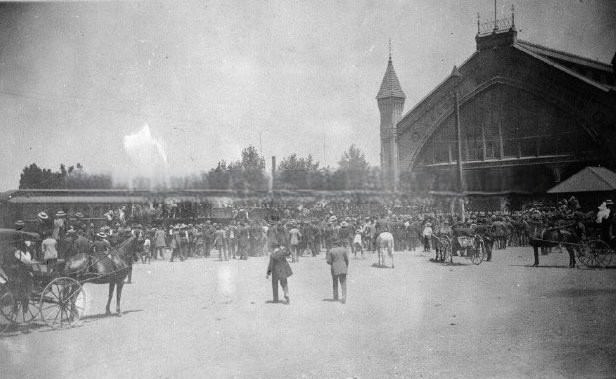
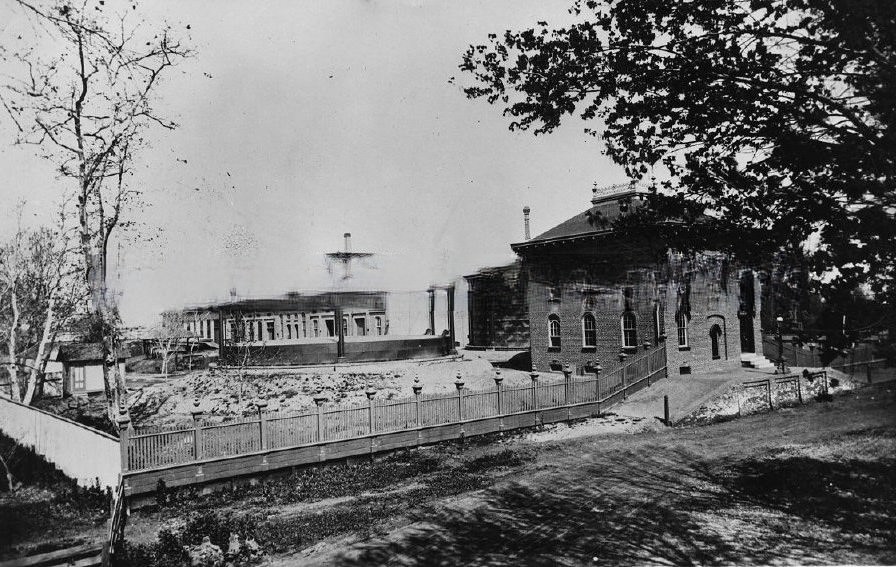















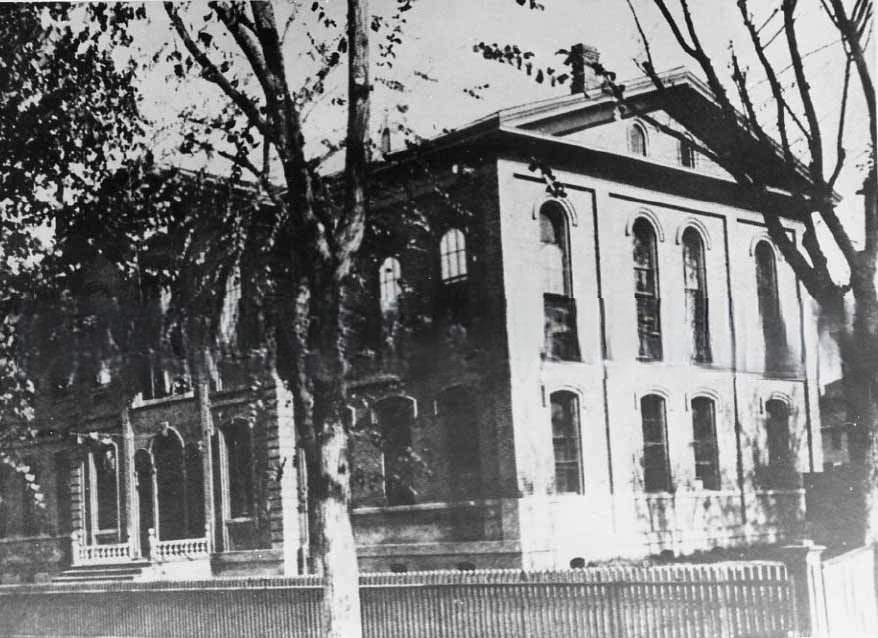
























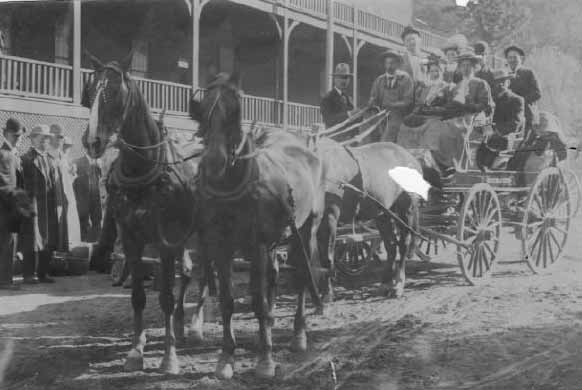



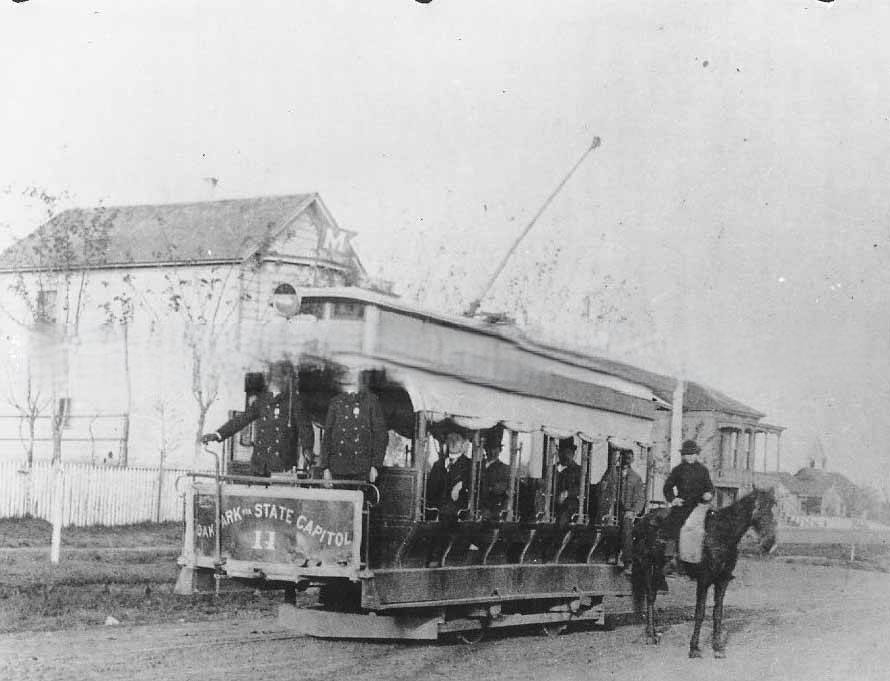







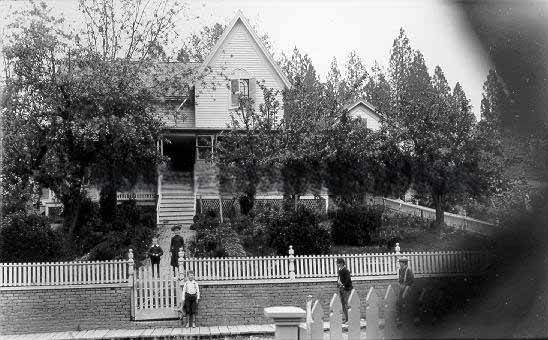

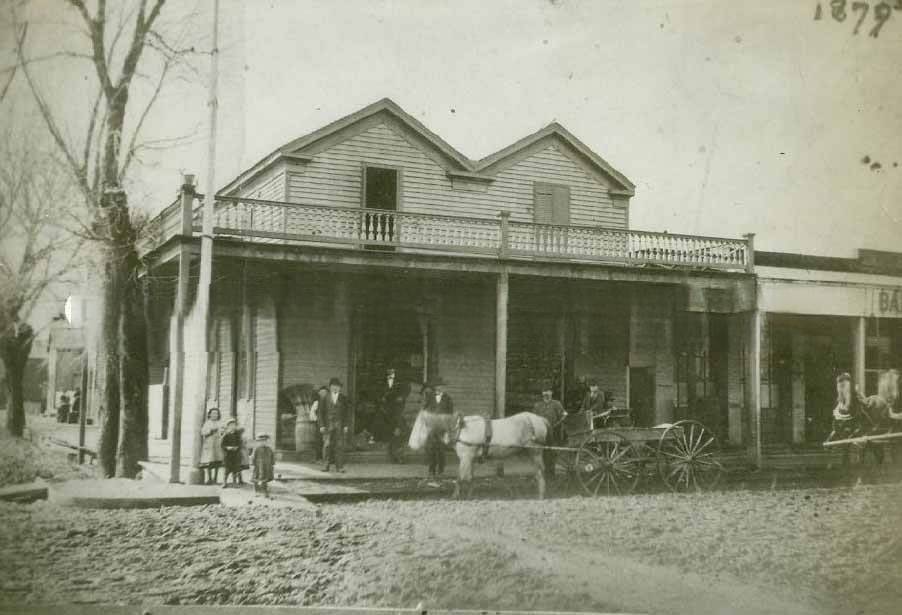






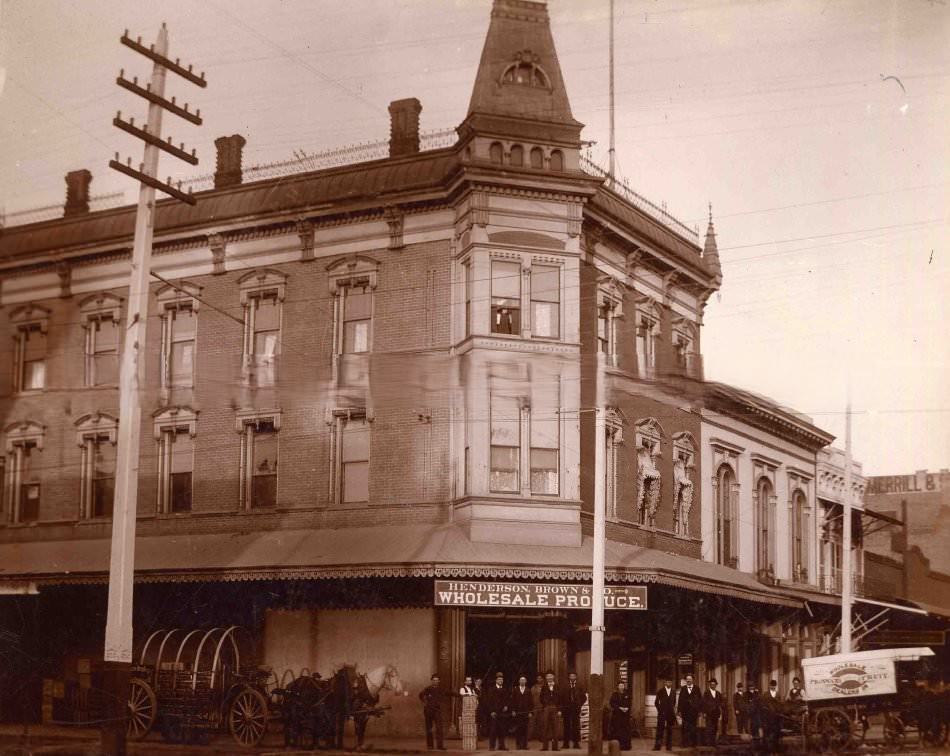

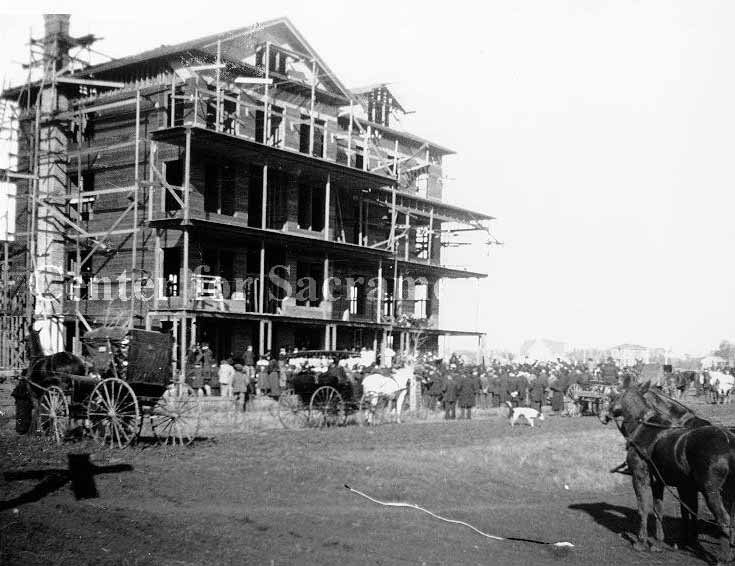

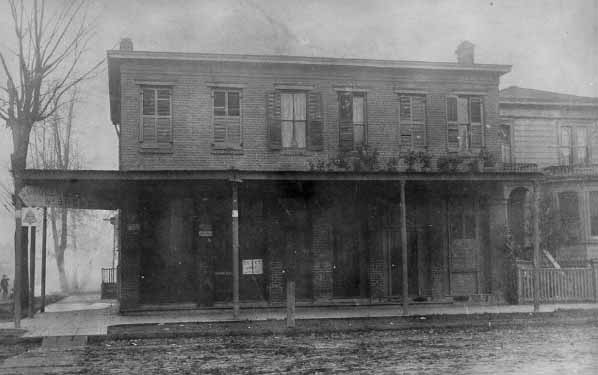




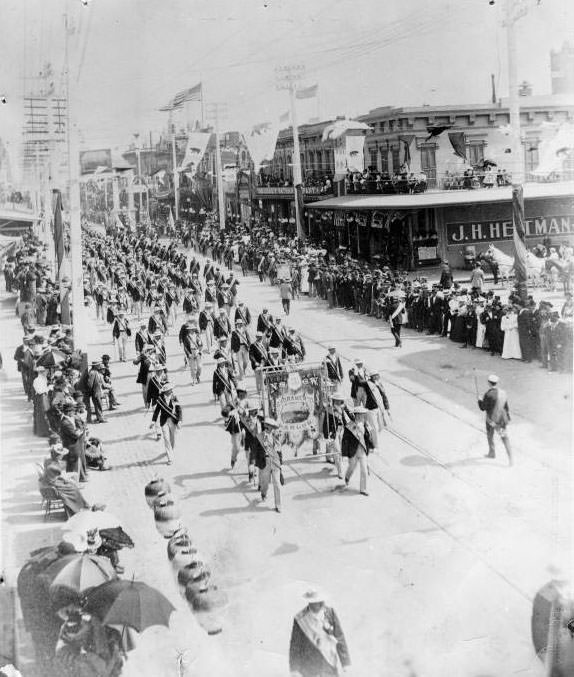




























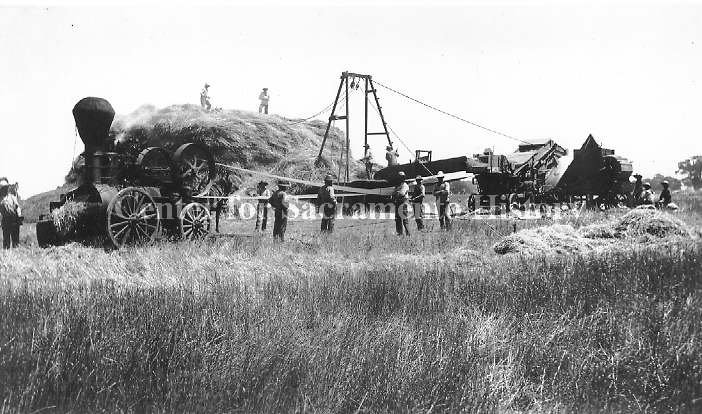








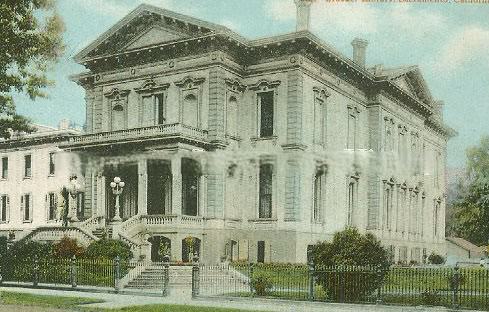












































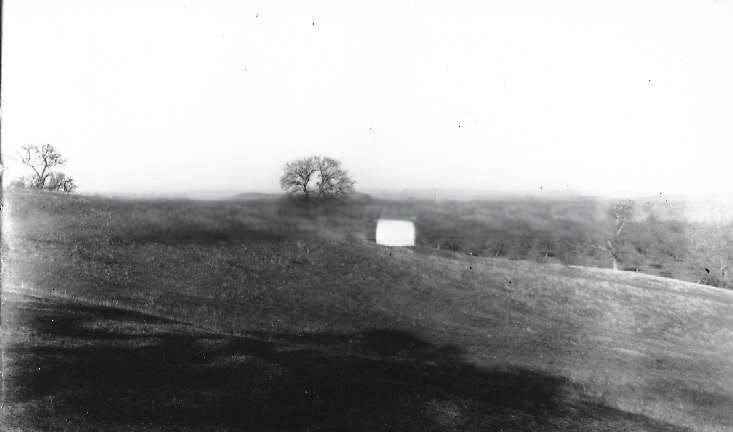



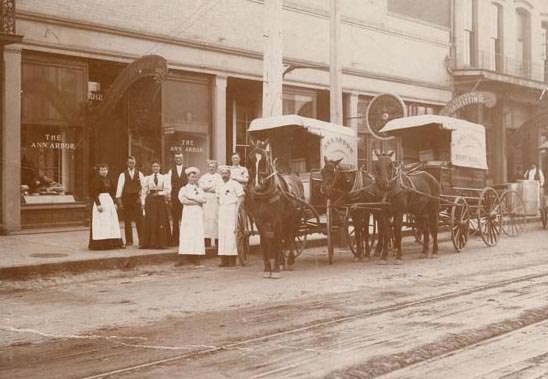



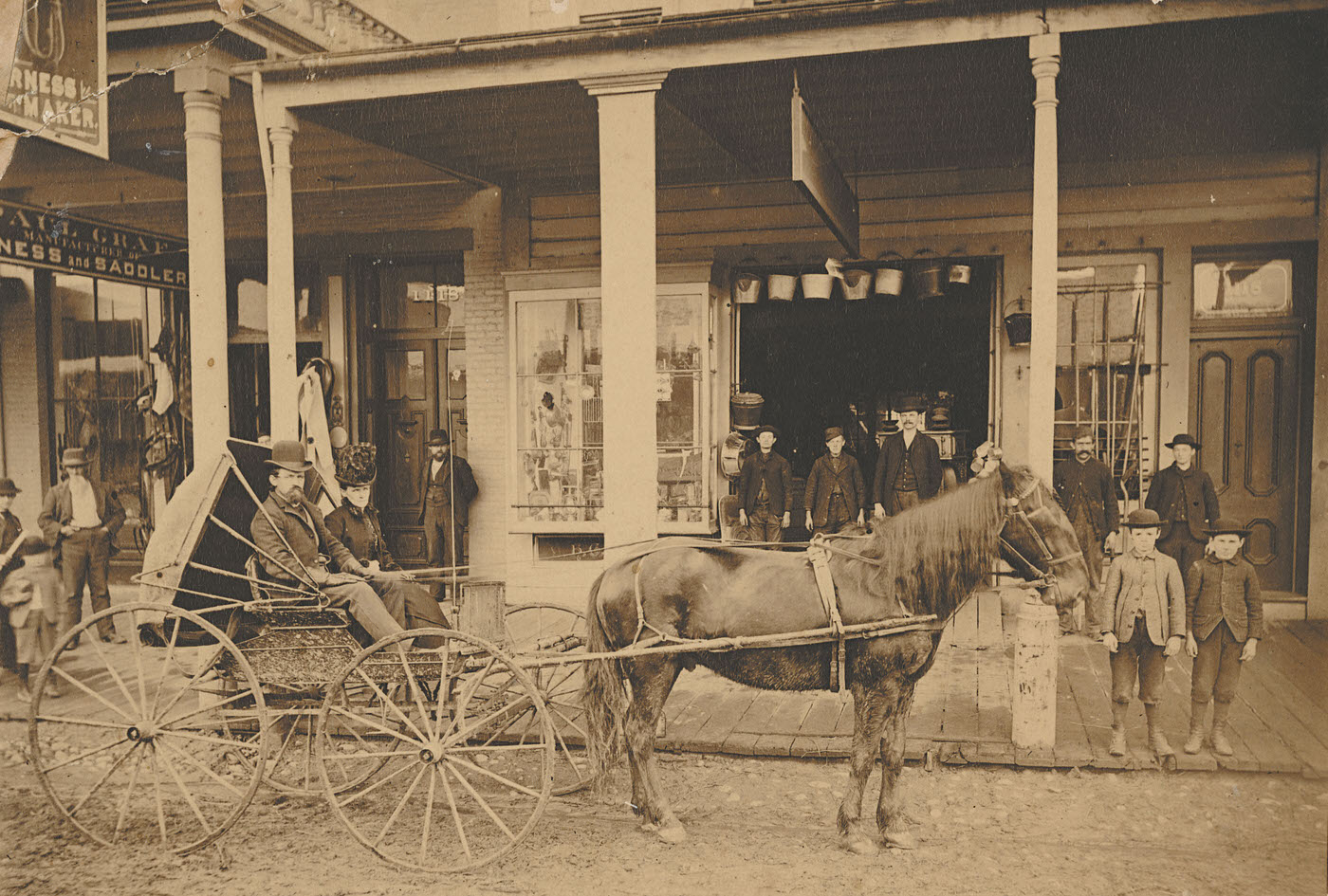





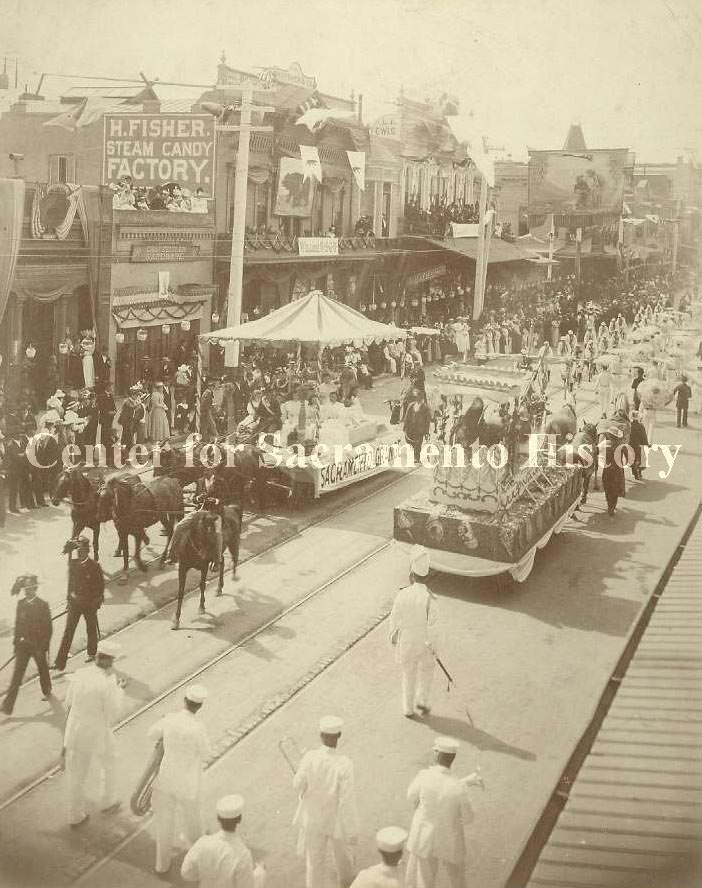





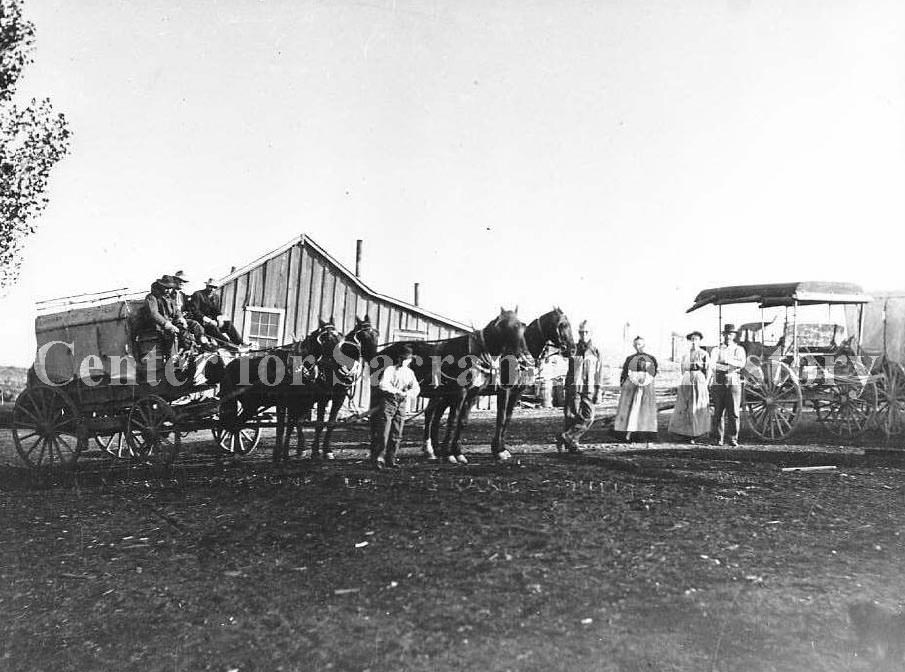








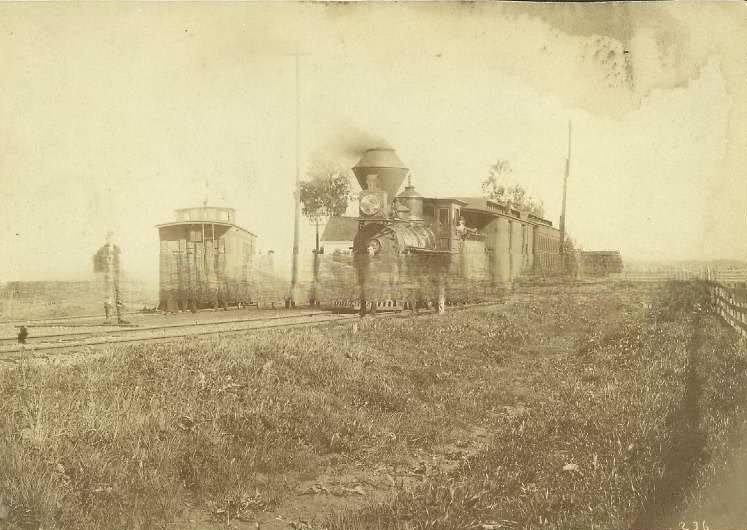

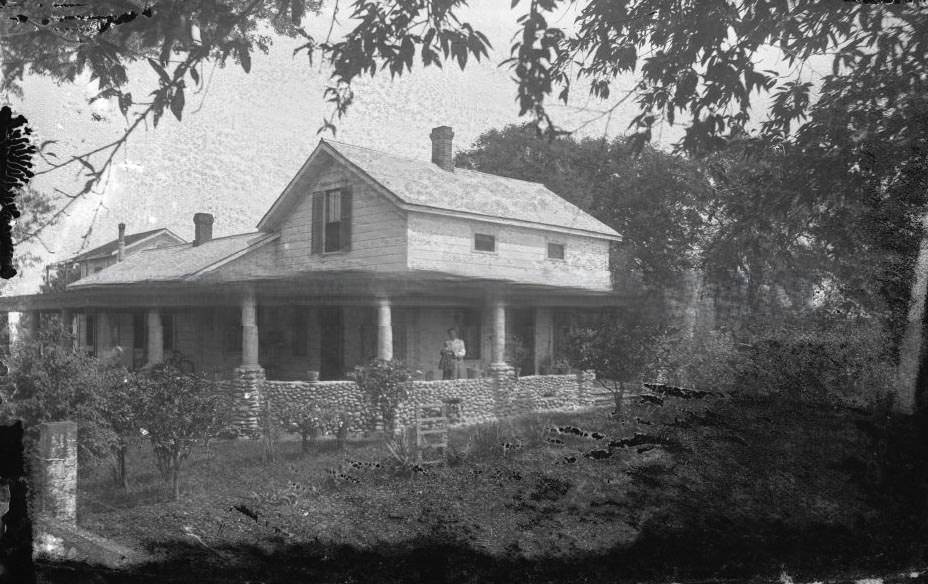








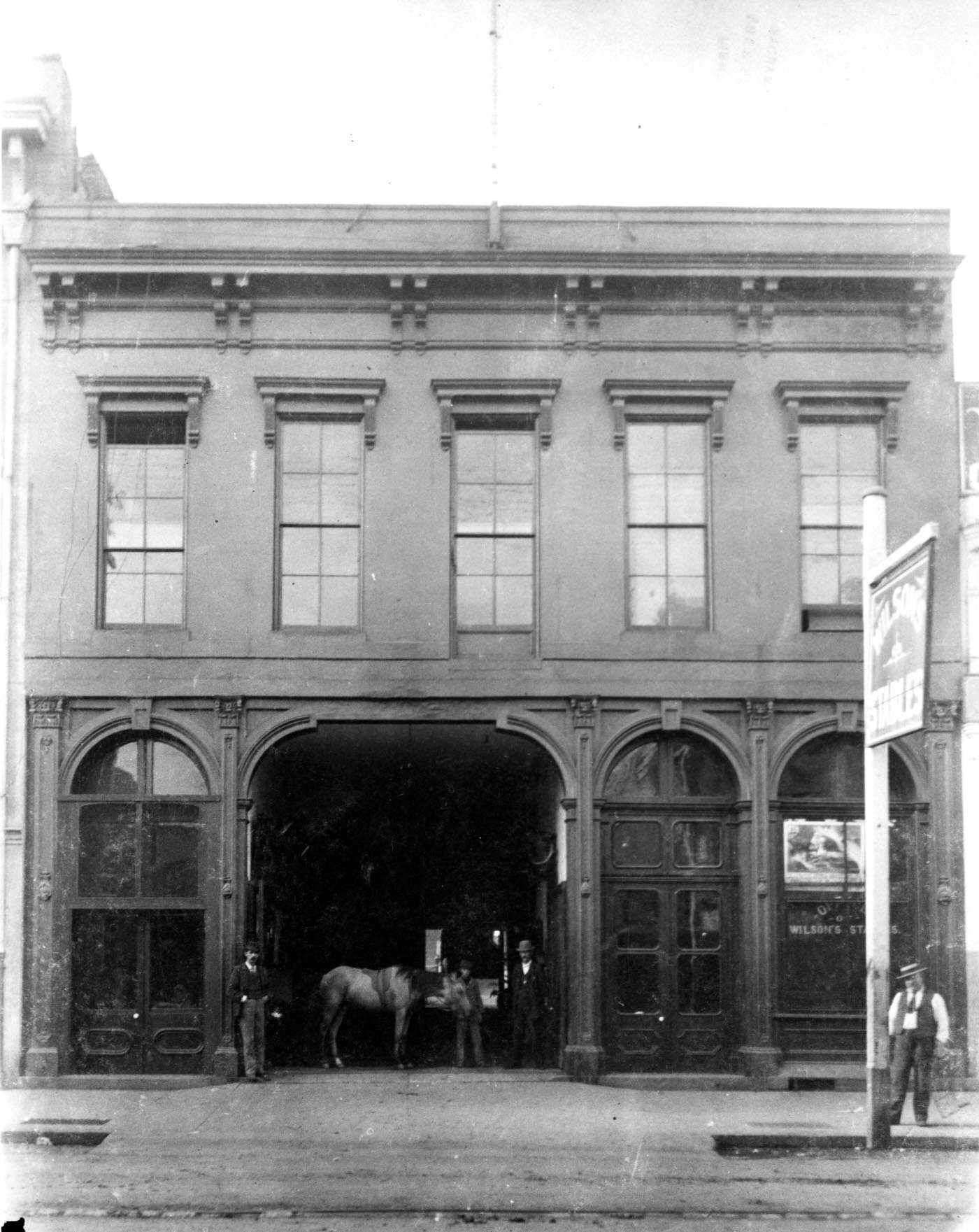

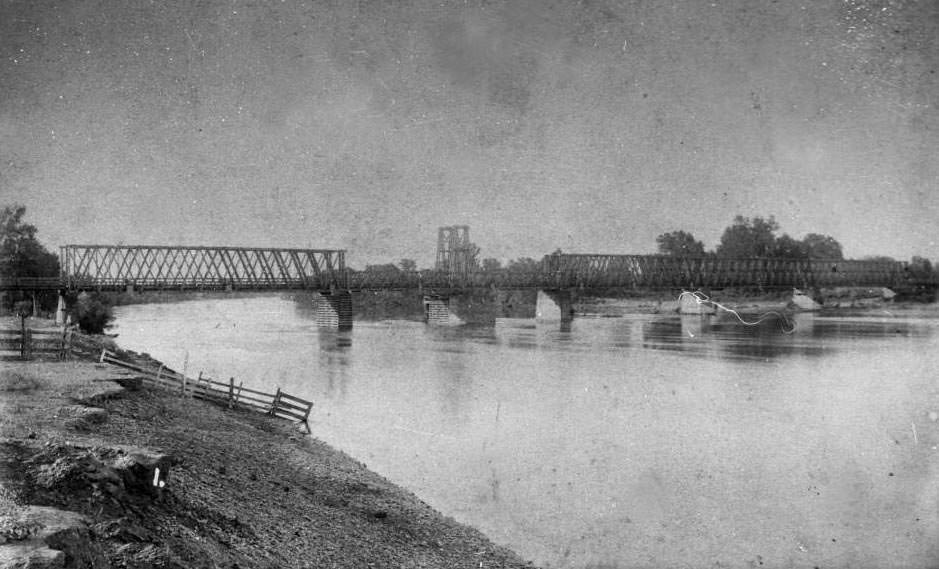













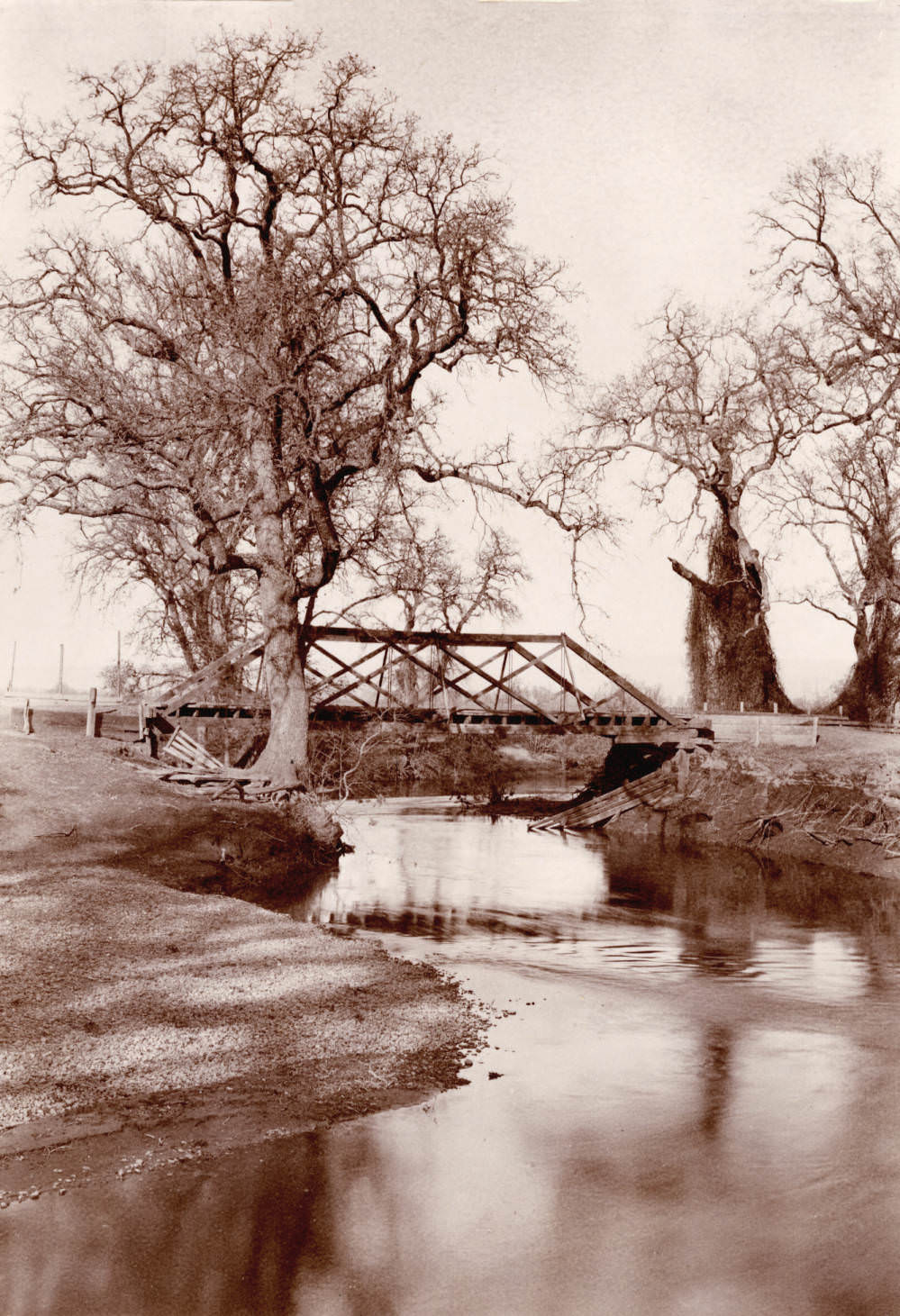
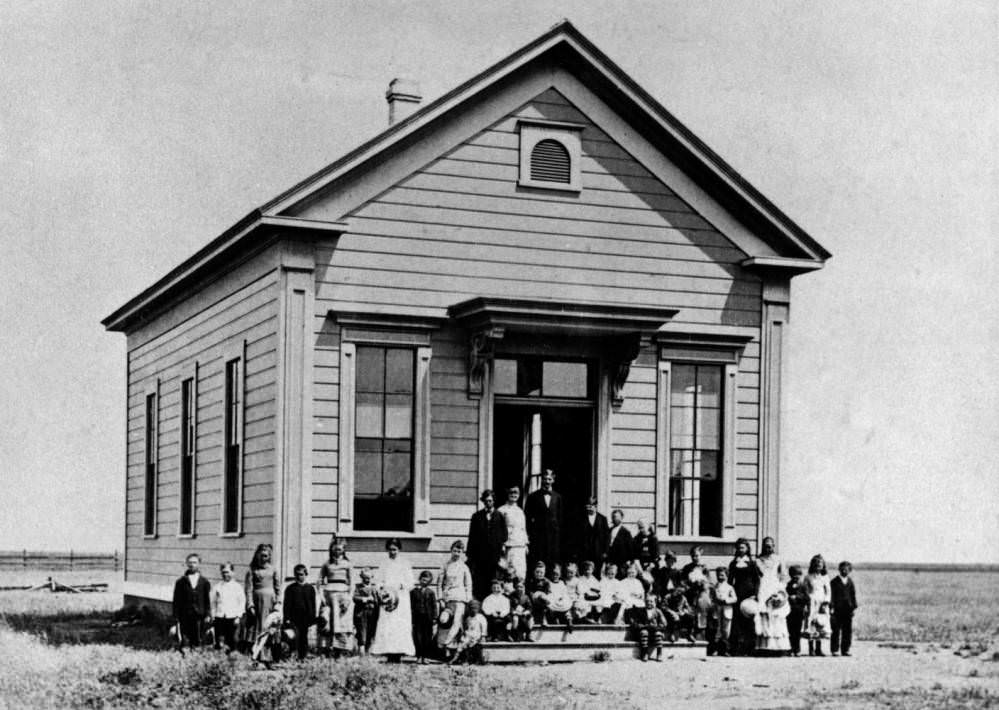
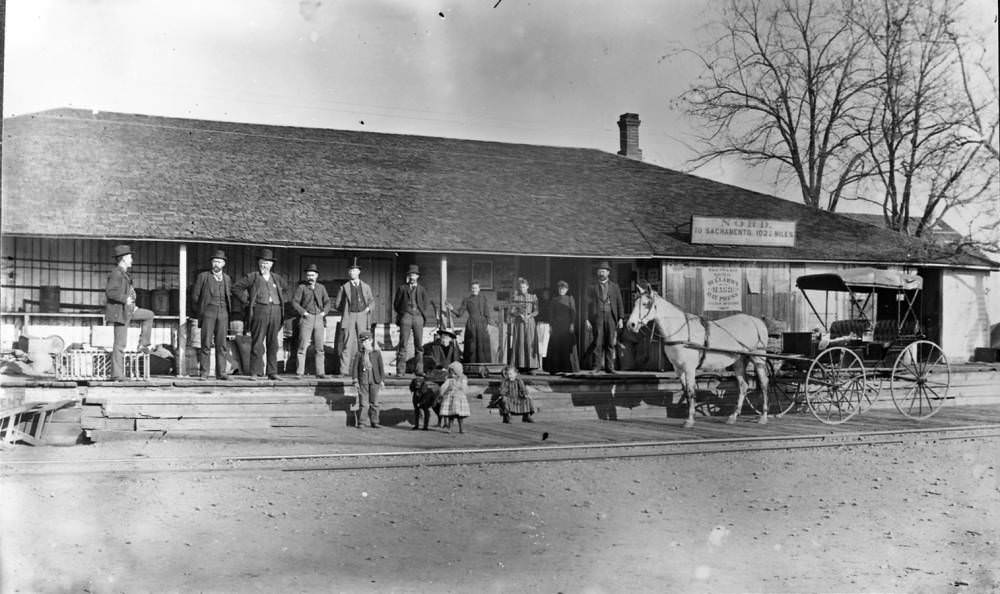




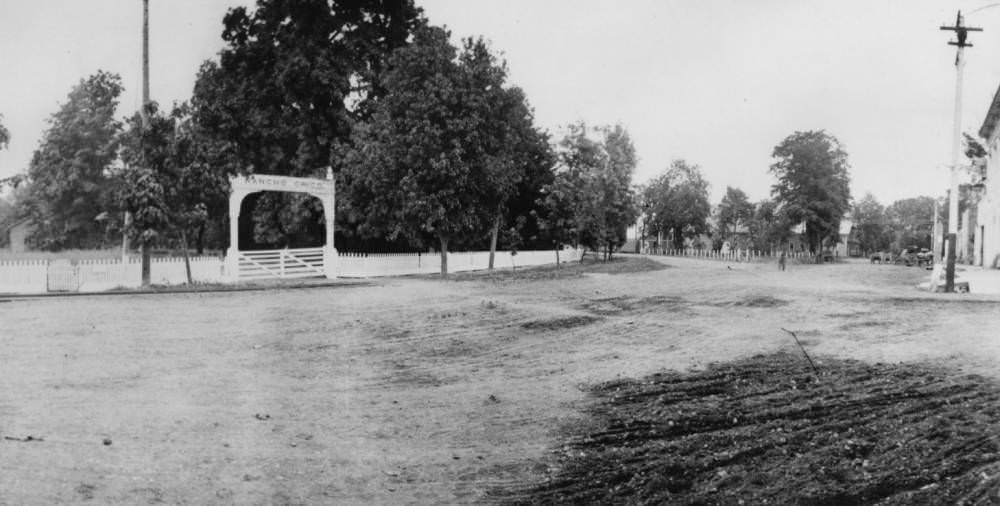




That’s an awesome website, thanks for posting. I’m always fascinated by Sacramento history. I’m kind of confused though how it’s claimed that Sutter’s fort was built in 1850 and then they show pictures of fully built, multi story, brick or cement buildings in downtown stamped 1852. They either built that in less than a year or two or the photos are not dated correctly?
Sutter’s Fort was originally built in 1841, and the only remaining part of the original fort is the central building. The rest of it was reconstructed around 50 years later. Settlement of the waterfront area didn’t begin until the gold rush of 1848. The city plan and charter were established in 1849, and the Lady Adams building, which is the oldest surviving brick building downtown, dates back to 1852. Sacramento developed rapidly during that time period, and by 1850 it was the second largest city in California.
Thank you
Many of the dates in the article are incorrect, which is common for that website, as they are not particularly diligent about checking dates and locations. For instance, there are two photos labeled as being from the 1894 Pullman Strike and one labeled as the “1897 Pullman Strike” (which didn’t occur). Additionally, there’s a photo of a building in Fresno that they incorrectly identified as being in Sacramento.
Yawn, more pictures of a city that has long since faded into obscurity. I mean, who even remembers what Sacramento looked like in the 1890s? It’s not like it was some sort of cultural mecca or anything. But I suppose if you’re easily entertained by pictures of empty streets and old buildings, then go ahead and waste your time.
It would be cool to have a side by side of some of these pics with today (and other eras if possible).